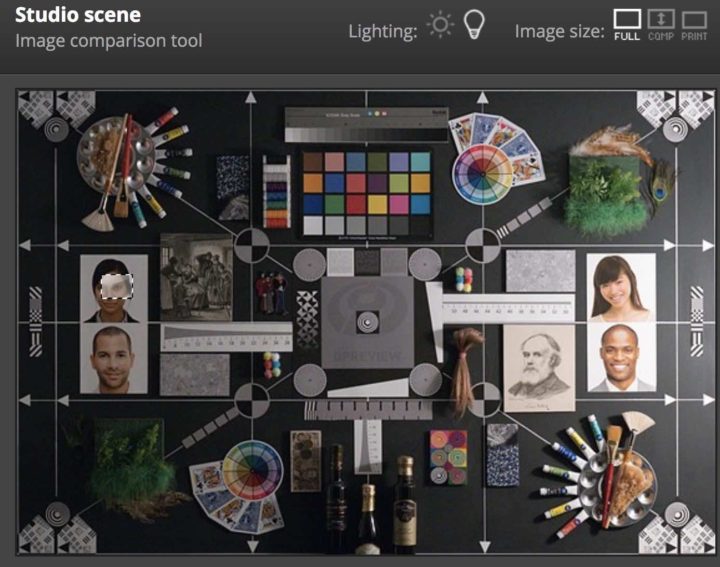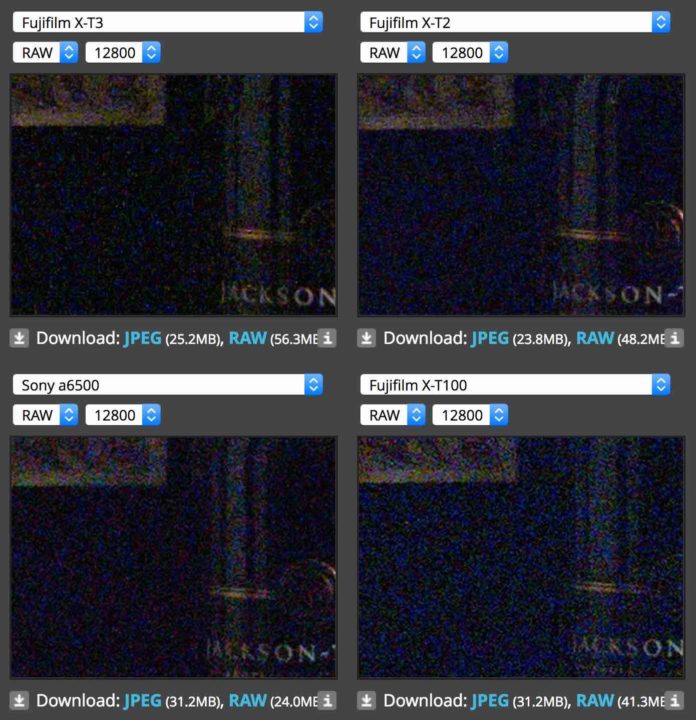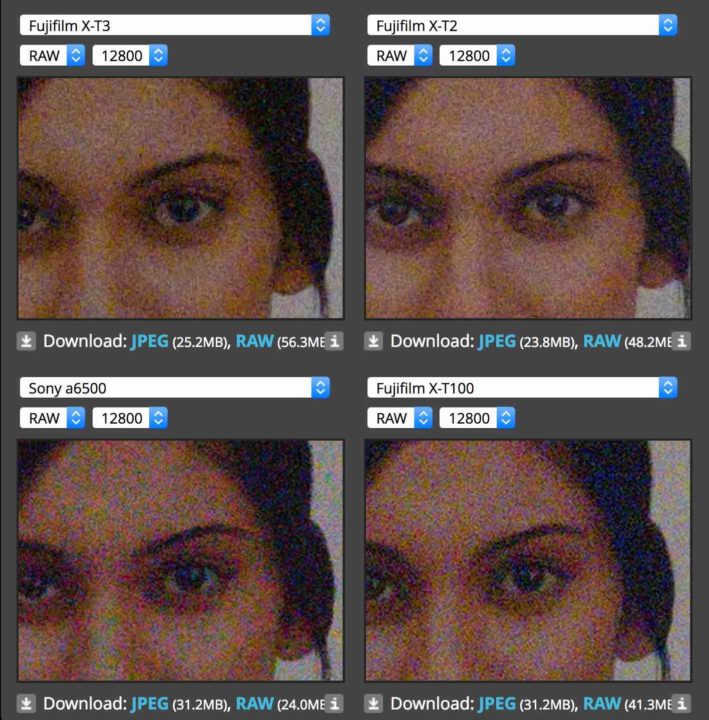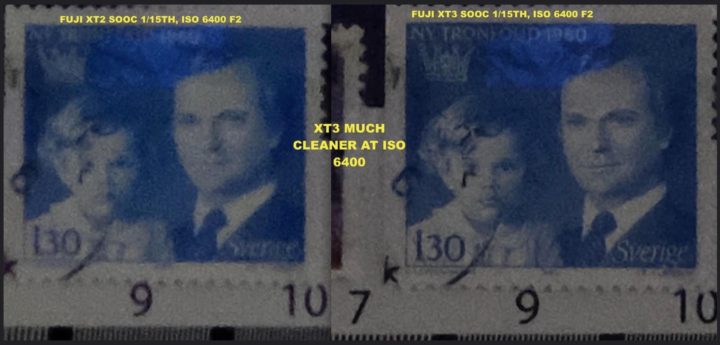Fujifilm X-T3: Are 2/3 Stops Better Low ISO Dynamic Range Compared to X-T2 Realistic?

Fujifilm X-T3
A few days ago, DPReview published their Fujifilm X-T3 studio lab test shots, and as to expect, the FR-community had lots to discuss.
Keep in mind that DPReview used a non final BETA version of Adobe with X-T3 support. DPReview says the will re-check the ACR performance before making any final conclusions.
In the comments to the lab test article, some FR-reader observed certain improvements on the Fujifilm X-T3, that at the end could give us 2/3 stop better dynamic range over the X-T3. I will share their feedback below, as well as some of my observations.
Fujifilm X-T3: BHphoto, AmazonUS, Adorama, Focuscamera
HIGH ISO
DPReview has a daylight/low light setting in their test.
I recommend using the low light setting, since in real life you won’t shoot at 12800 ISO in good light, hence you will get better real life results with low light mode on.
- With low light setting at ISO 12,800, the Fujifilm X-T3 shows the same or in some cases also better high ISO performance than X-T2 (images down below)
- With daylight setting at ISO 12,800, the Fujifilm X-T2 seems to have less noise than X-T3. Also, the X-T3 noise looks more similar to the one of the Sony A6500, which might be due to the BSI sensor
- In dark areas at High ISO, the Fujifilm X-T3 looks cleaner and has less blue noise
- Typical for X-Trans sensors is less color noise at high ISO compared to Bayer sensors
A FR-reader said in the comments to our original post, that the X-T3 should have 2/3 stops more low ISO dynamic range than Fujifilm X-T2. Here is why:
- X-T3 has significantly less blue noise on deepest shadows on high ISOs (select RAW and the “light bulb” -lightning). This is by far the biggest difference between X-T2 and X-T3. This also indicates there is “significantly” more DR at ISO12800, although the lighted area noise is more visible
- X-T3 has a bit more stuck/hot pixels noise than X-T2. There could several reason for this, e.g. the X-T3 has been longer powered up and in use before taking the shot (thermal noise), or BSI as technology is more prone to malfunctioning pixels, or the now increased PDAF points affect on the RAW quality.
- Although X-T3 seems to have more visible noise at high ISO, the sensor has “significantly” less noise in shadows, meaning it should have “significantly” higher DR. This means that X-T3 will allow more room for error in exposure at high ISO, and more room for postprocessing
- Notice how the X-T3 is able to retain details in shadows better than X-T2. X-T3 is also a clear improvement over X-T2 what comes to dynamic range at high ISOs
- X-T2 and X-T3 are identical between ISO200-ISO800, with expectation that the same shadow noise difference will apply there as in those ISO3200-12800 shots. This would indicate that the X-T3 sensor has 1/3 stop more DR than X-T2. Then there is additional ISO160 that will be another 1/3 stops more, if assuming linear scaling, thus resulting 2/3 stops more low ISO DR than X-T2
CONCLUSION
We have to wait for technical measurements by photonstophotos.com and also for the DPReview ISO invariance test, before we can make any conclusion.
If the FR-reader is correct with his assumptions, then there should be 2/3 stop improvement of Fujifilm X-T3 over Fujifilm X-T2.
However, I think we can all agree that the main reason to get a Fujifilm X-T3 over a Fujifilm X-T2 is the hugely improved autofocus speed and (eye/face) AF tracking, which will result in more keepers. And of course the video specs, which are top class for mirorrless cameras.
Fujifilm X-T3 (In Stock!!): BHphoto, AmazonUS, Adorama, Focuscamera
Fujifilm X-T2 (save $500): BHphoto, AmazonUS, Adorama, Focuscamera
News, Rumors and Community
Fujifilm X-T facebook group / Fujifilm X-T facebook page
Join FujiRumors: Facebook, Instagram, RSS-feed and Twitter
SAMPLES


Flickr – Ken Wheeler comparison X-T3 and X-T2 at ISO 6400


